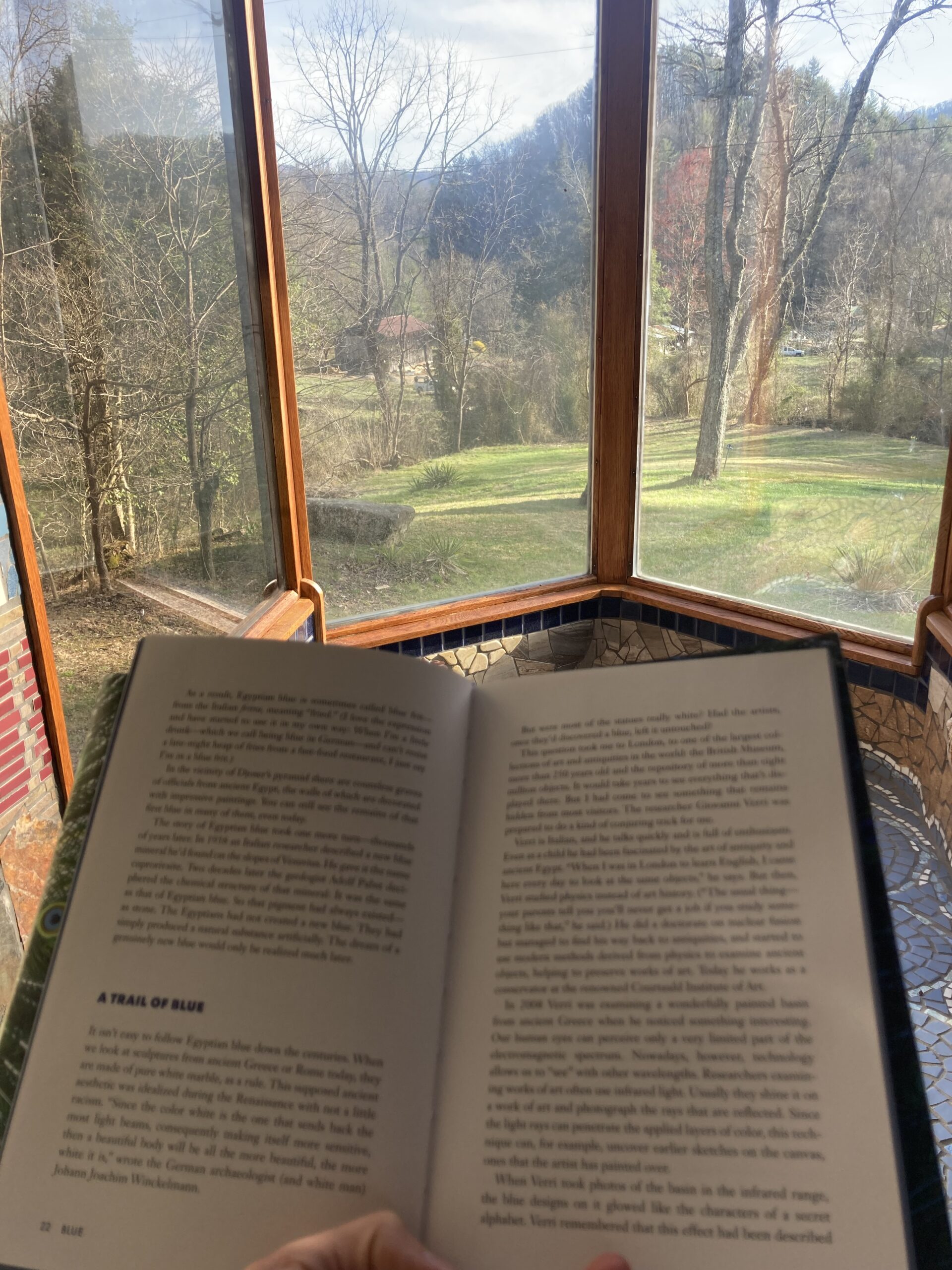
Madrid, Spain
I chose my frutería not by its quality—how could I know that before I’d sampled its three types of peaches (red, yellow, squashed into donut-shapes), its abundance of tomatoes, its fuzzy orange nisperos?—but because of its old-fashioned tiled façade.
But before that, I didn’t choose it at all. One of the dozens of guidebooks I’d pored over before my husband, two daughters, and I moved to Spain had warned there was an etiquette to the produce shops the size of American walk-in closets that dotted our neighborhood in Madrid; newly-arrived, with negligible Spanish, I hadn’t cracked it. I knew one did not touch the fruit. The first time I ventured outside our apartment, I’d been lectured for bringing my two-wheeled canvas shopping cart with me into the supermarket. There were sure to be other rules to produce acquisition just waiting to trip me up.
In any case, if there was a hierarchy of produce quality in Spain with fruterías at its apex, any fruit I bought anywhere was better and less expensive than what could be found back home, where I’d never once in ten years made it home from the grocery store with a truly decent avocado. My easiest path was to shop at the nearest chain grocery store, where I could be anonymous in a way my American heart missed, where I could grab a bag of potatoes rather than have to tell someone, in Spanish, that I wanted four potatoes instead, where there was less risk of asking do you have testicles? when what I meant are there any eggs?
But then Covid descended on Spain six months after we had. For sixty days, Madrid was confined inside and the only legitimate reason to leave one’s apartment was to buy groceries. The more shops I needed to visit, the more minutes I could spend outside the apartment that was half the size of the house we’d left behind in the States. Plus, I’d grown hungry for the daily exchanges life suddenly lacked, for the give-and-take of conversation I’d always taken—we’d all always taken, it seemed—so much for granted. It didn’t matter as much as it once had if I embarrassed myself in the process.
The street number of the frutería was displayed on its façade in blue and white tile, next to its succinct, practical name—Frutería y Huevería. Its products were advertised on three columns: frutas selectas, primera casa en huevos and aves caza.
The eggs hooked me in. At the chain grocery store, I’d been buying ones supposedly laid by hens en libertad, but they were so inexpensive, and so pale, that I had a hard time believing it. And freedom, as we were all learning in Covid’s early days, was a relative thing. It meant different things depending on where you stood. Freedom from my vantage point meant walking the block from our apartment to queue patiently outside the produce stand because the new regulations meant only one person could enter at a time. Freedom back in the States, on the other hand, seemed to mean chaos. When I brought eggs home from the frutería for the first time and cracked them, they slid smoothly into the bowl, their yolks plump, domed, a rich yellow-orange, a small pleasure made large by my newly-constrained life.
As it turns out, even though the frutería advertises “hunted birds,” it doesn’t carry meat at all. The tile I was so sure had stepped from the pages of the 1920s, when sheep were sometimes herded down still-unpaved streets in our neighborhood, was a tromp l’oeil itself, painted in the 1990s. But by the time I noticed the tiny date under the tiled rabbit strung up and ready for cooking, the woman who worked there had started calling me Corazón.
“Are the …’s good today?” is how all conversations start at the frutería. Old men on the way to the tabaco next door stick their heads in to ask it, promising to be back after the rest of their errands. Fathers jiggling babies in front carriers ask it on Saturdays, as they work their way down long lists. I ask it. The answer is never no, though once the avocados were too hard and I was instructed to come back for them the next day.
How many figs do I want? Which type of apples? One morning, I asked which tomatoes were best. The response was philosophical. Best? It was a question of personal taste. Did I like sweet ones or acidic ones or meaty ones? Was I going to eat them sliced and sprinkled with salt or topped with tuna belly from a tin or mashed onto a roll for breakfast or cooked down into a sauce?
This morning, there were figs at the frutería, with a dusky purplish bloom to them like grapes, exotic and twice the size I might have gotten back home, where they would have been air shipped to my grocery store in Atlanta from California. There, I would’ve bought them once a summer, or, noting the price, not bought them at all. Laid out in the frutería in a stairstepped display that bridged the border between store and street, they demanded a change in our dinner plans. I’ll have six of the figs, I said, using the word higos.
Las brevas? I was corrected gently, because the early brief crop of figs that comes at the beginning of June has its own name.
As do the cherries that come only from the Jerte Valley region: las picotas. When a cherry is picked, the stem comes with it. Not so with picotas, smaller and sweeter and harder to come by.
This spring began with asparagus, both green and white, and artichokes more diminutive than the ones I never bought back in the States because they were a pain to figure out what to do with. Then came the fresones, which I at first thought were just the same as fresas; strawberries. Not so. Fresones are the giant juicy hybrids that, bred for longer storage and easier transport, have taken over the world. Fresas are smaller. Their flavor is more pronounced; their season is shorter. You can only find them near where they grew: they don’t last long. I managed to get one box before they went out of season.
Now it’s June, and the red bananas have arrived. Red bananas? I stand in the shop making my way down my list. Arugula. Three apples. Two cucumbers. Watermelon.
Whole, or half? I’m asked.
Half.
The clerk selects one and thumps it, as serious as a doctor with a stethoscope. Setting it on the counter, she deferentially traces its circumference with her sharp knife, all the way around, inscribing a tender, pale green equator. Inserting the very tip of her knife, she gives a deft twist.
The melon cracks open.
Two perfect halves; the pale pink luscious heart of the matter, revealed.
Eggs for Young America, Katherine L. Hester’s collection of short stories, was chosen as a New York Times Notable Book. Her short fiction, poetry, and nonfiction have appeared in publications ranging from Prize Stories: The O. Henry Awards to Madridnofrills.com. Although much of her life has been spent shuttling back and forth between Texas and the deep(er) South, she now finds herself living in Madrid, Spain, where she blogs about her neighborhood at www.katherinelhester.com.
Photo courtesy of the author.




